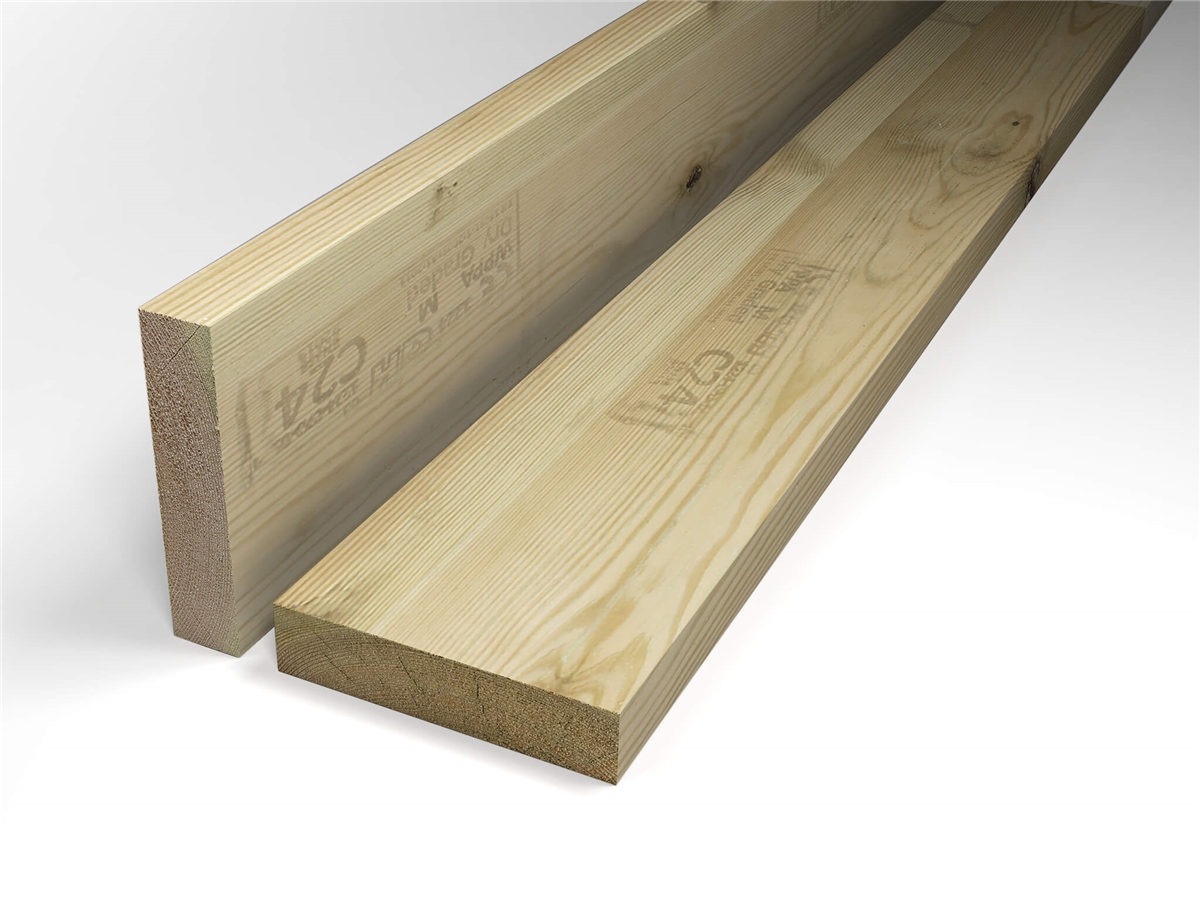If you’ve recently purchased timber for decking, fencing, or garden buildings, you might have noticed black ink stamps, barcodes, or manufacturer marks on the surface. While these are useful for supply chain tracking, they’re far from ideal when aiming for a clean, polished finish.
Whether you’re prepping timber for a professional install or a weekend DIY project, here’s how to remove or conceal timber printing without damaging the wood — and which method suits your needs best.
 Why Does Timber Have Printing?
Why Does Timber Have Printing?
Timber manufacturers often stamp boards with identifiers such as:
- Grading information (e.g., C24 for structural quality) See our C24 Treated Decking Joists
- Treatment level (e.g., pressure-treated for outdoor use)
- Sawmill origin and compliance codes

These ink-based markings may be water-based, solvent-based, or laser printed depending on the source — and not all inks behave the same. Top Methods for Removing Timber Printing
Top Methods for Removing Timber Printing
1. Sanding
- Use 80–120 grit sandpaper along the grain to remove surface ink.
- Follow up with 220+ grit for a smooth, finish-ready surface.
- Best for untreated or rough-sawn timber.
2. Soap & Brillo Pad Scrub
- Rub the mark using soap and a Brillo pad, then rinse well.
- Works well on water-based ink but may take a few passes.
3. Wood Brighteners
- Wood brightening products help lift deeper ink stains.
- Wear gloves and avoid overspray near plants or grass.
4. Acetone or Paint Thinner
- Gently dab with a cloth or fine steel wool.
- Test a small area first — solvent-heavy options can affect softwoods.
5. Borax Paste
- Mix Borax powder with water into a paste.
- Apply with a brush and rinse thoroughly.
- Eco-friendly and gentle for superficial stains.
 How to Cover Timber Printing (If Removal Isn’t Ideal)
How to Cover Timber Printing (If Removal Isn’t Ideal)
Sometimes, removal isn’t practical — especially on pressure-treated or pre-finished boards. In such cases:
1. Paint or Deck Stain
- High-opacity stains and paints conceal marks completely.
- Ideal for timber used in fencing, cladding, or painted finishes.
2. Tinted Oils and Wood Conditioners
- Choose tinted options to mask marks while enhancing natural grain.
- Popular for decking boards, garden furniture, and rustic timber builds.
3. Strategic Placement
- Orient boards so printed sides face inward, downward, or hidden edges.
- Perfect for decking, pergola brackets, or wall cladding layouts.
 Final Thoughts: Match Your Method to the Finish
Final Thoughts: Match Your Method to the Finish
Before jumping into removal or coverage:
- Identify the ink type and timber surface (treated, untreated, smooth, or rough-sawn).
- Consider the final look you’re going for — natural, stained, painted, or rustic.
- Always test your chosen method on a small area before full application.
Looking for timber products with minimal marking or finish-ready surfaces? Browse our curated range of decking boards, joists, and garden timber at eDecks.co.uk — where quality meets practicality.
